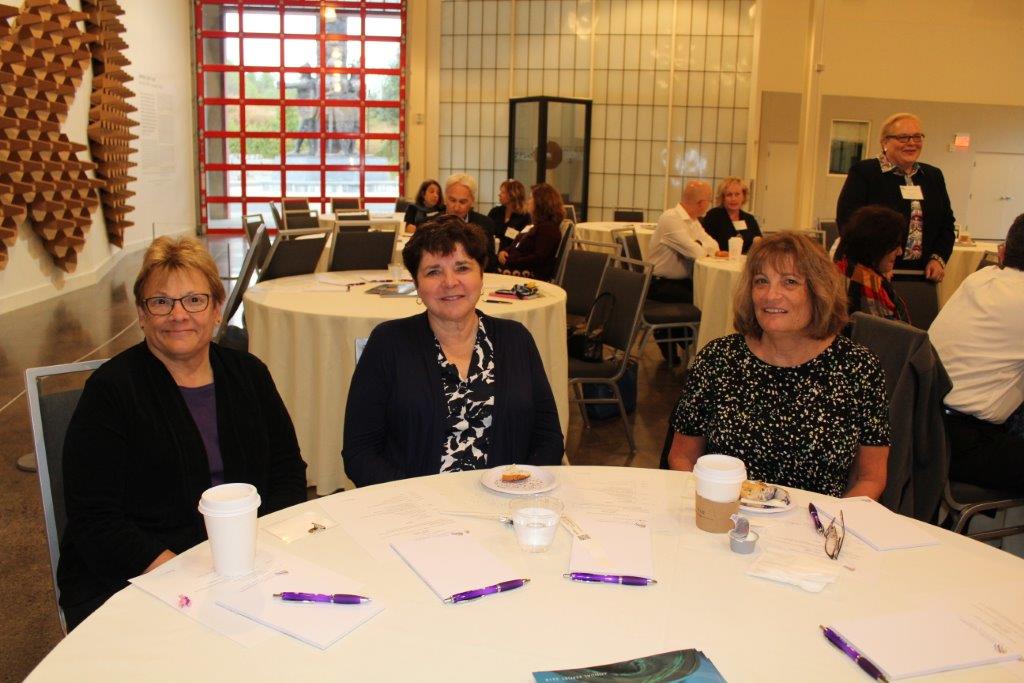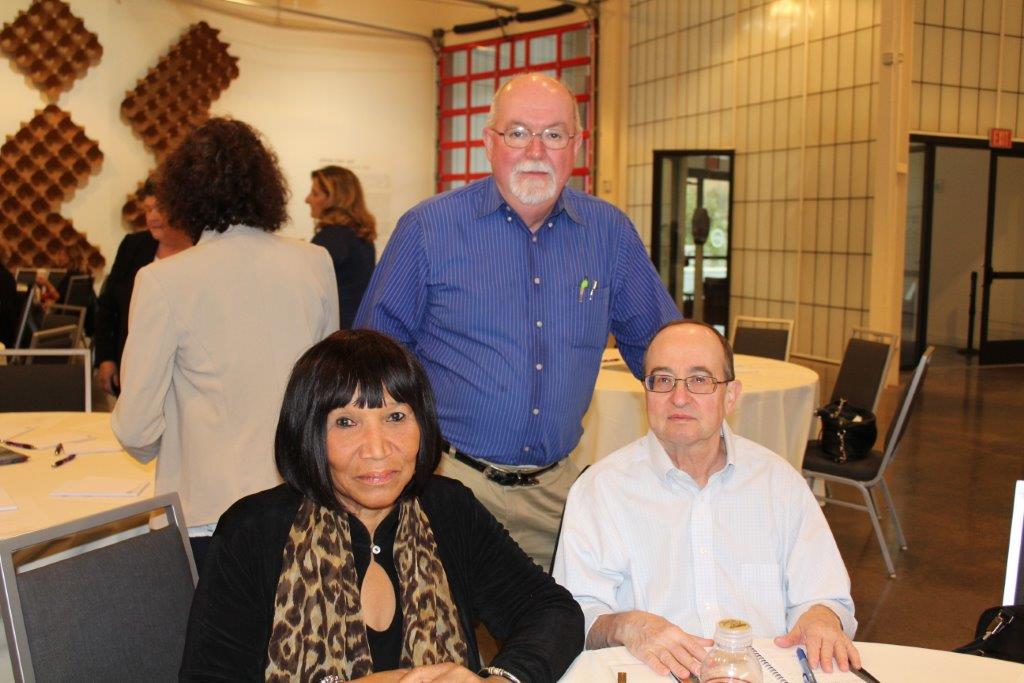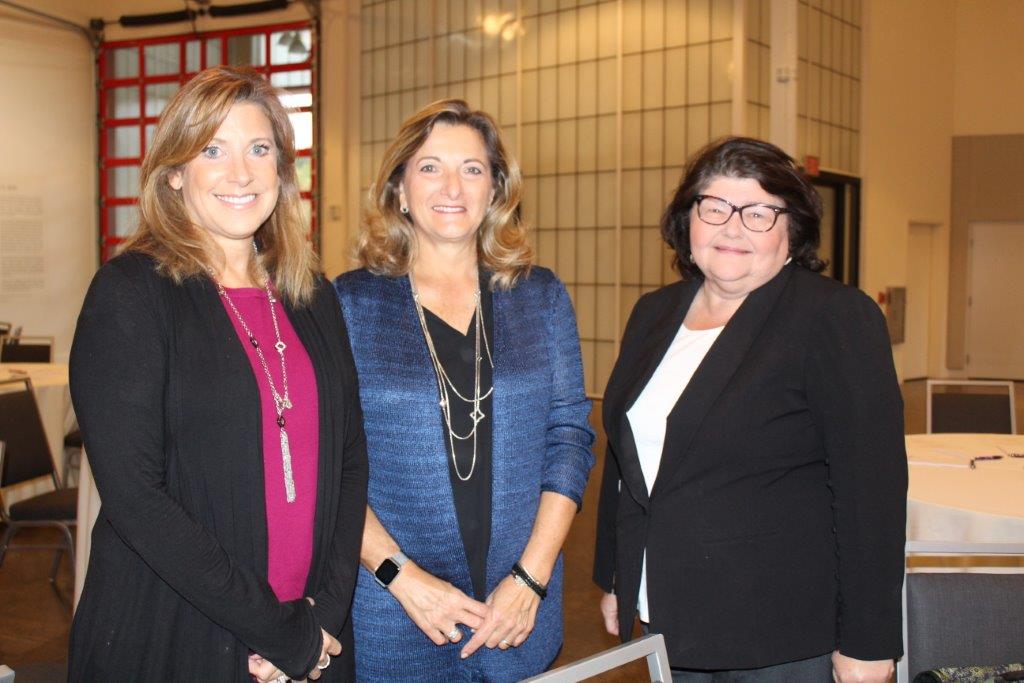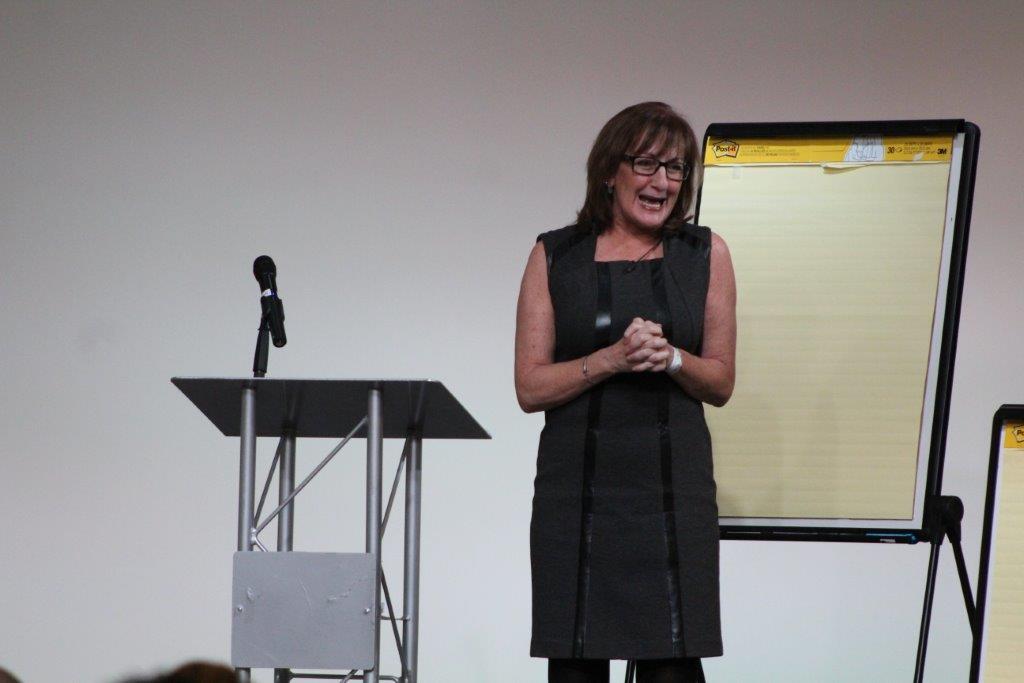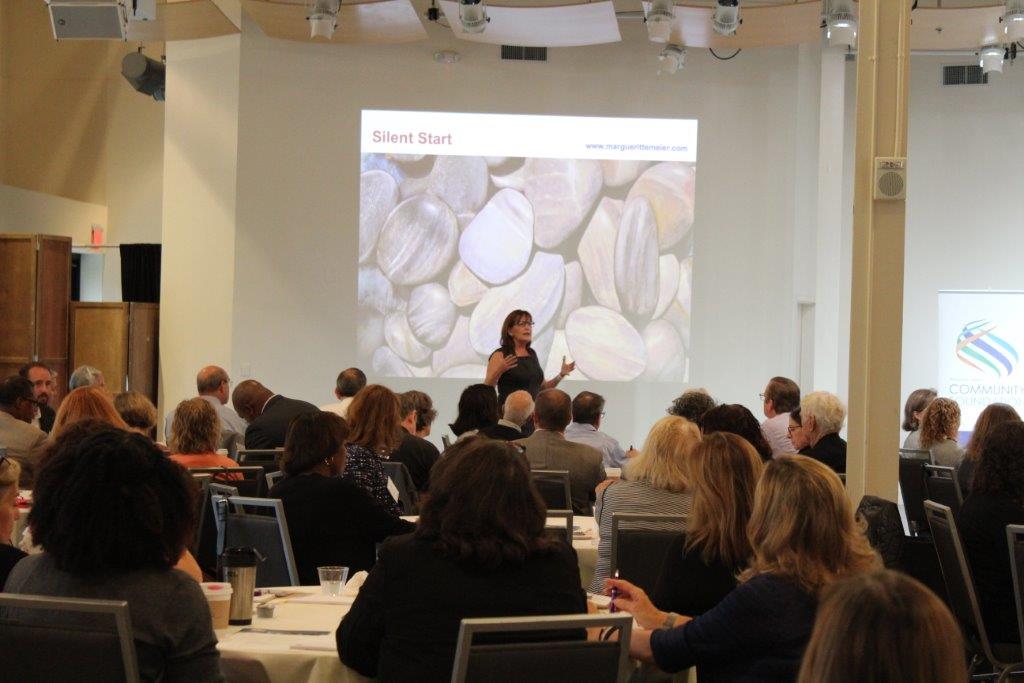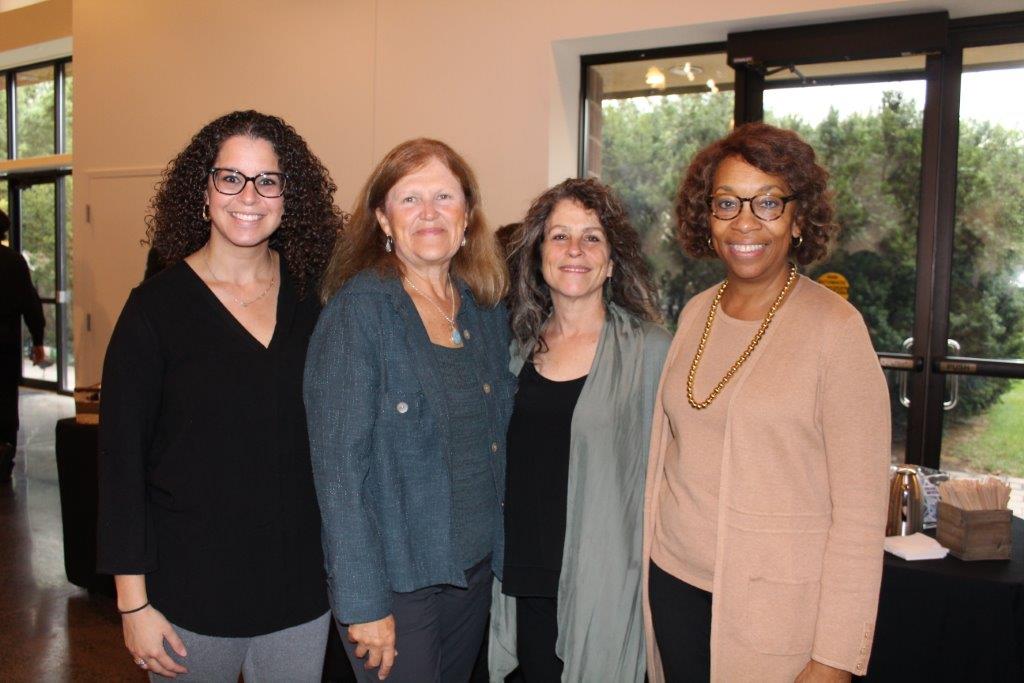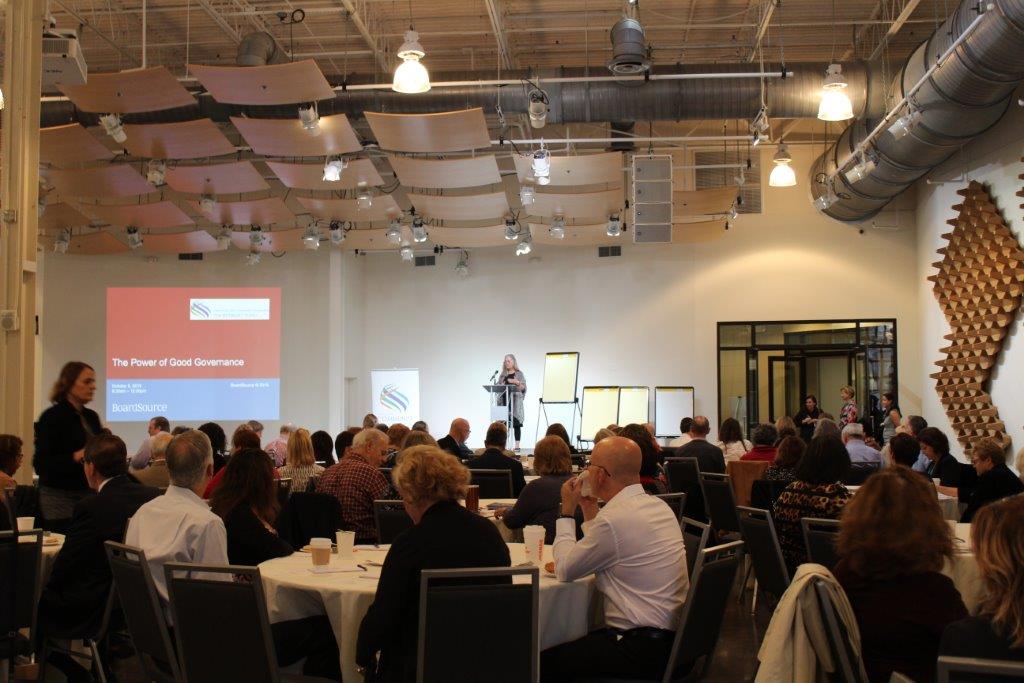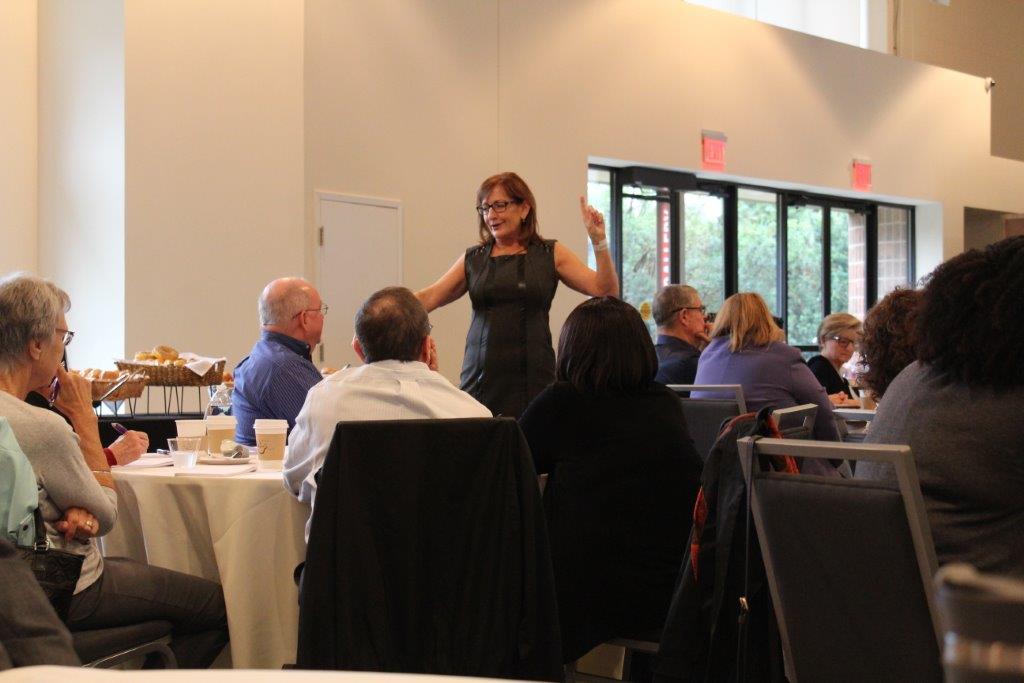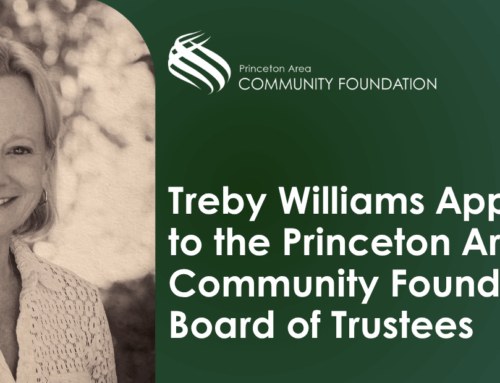Are you a nonprofit executive director, wondering how to get your board members more engaged in your work? Are you a board chair, trying to determine the best way to govern?
Susan Meier has some answers. Meier, a Senior Governance Consultant with BoardSource, spoke to an audience of about 140 people, representing more than 50 nonprofits at The Power of Good Governance, a seminar sponsored by our Bunbury Fund.
Here are 12 of her takeaways:
- Good governance means when opportunities and challenges arise, a nonprofit and its board can rise to the occasion and address important issues.
- A board culture that allows for discussions on important topics, such as succession planning, is vital.
- A high performing board focuses on three things: strategy, fundraising and oversight.
- The board governance spectrum: dysfunctional, functional, responsible, exceptional. Dysfunctional boards have dramatic disengagement and conflict; Functional boards listen to lots of reports; Responsible boards understand roles, are compliant and strategic; Exceptional boards are proactive, values-driven, generative, and spot opportunities.
- What authority does an individual board member have? Absolutely none. Boards must act as a collective.
- Just like organizations, board members have life cycles: orientation, affiliation, participation, leadership and revitalization; affiliation is most important, because without it, board members will be lackluster participants and leaders, and they probably won’t care about revitalization; but when board members are affiliated with nonprofits, they care deeply about the organization and make it a priority.
- Boards are responsible for setting strategic direction, ensuring the organization has adequate resources and providing oversight.
- A great way to engage a board: pass out index cards, ask for anonymous, four-word answers to a question, such as: what is unique about this organization? Then collect cards, mix them up, read the answers aloud and have a discussion.
- Nonprofit staff can help board members develop their own powerful stories, because stories move hearts.
- The steps of strategic board building: identify, cultivate, recruit, orient, involve, educate, evaluate, rotate, and celebrate! The board members you recruit today are your leaders of tomorrow.
- Exceptional boards govern in constructive partnership with the chief executive; the key elements of a constructive partnership: accountability, commitment to mission, information and communication, and trust, candor and mutual respect.
- Some elements of an engaged board meeting: prepared members, a well-crafted agenda, efficient handling of the business of the board, fewer reports and more meaningful discussion.




